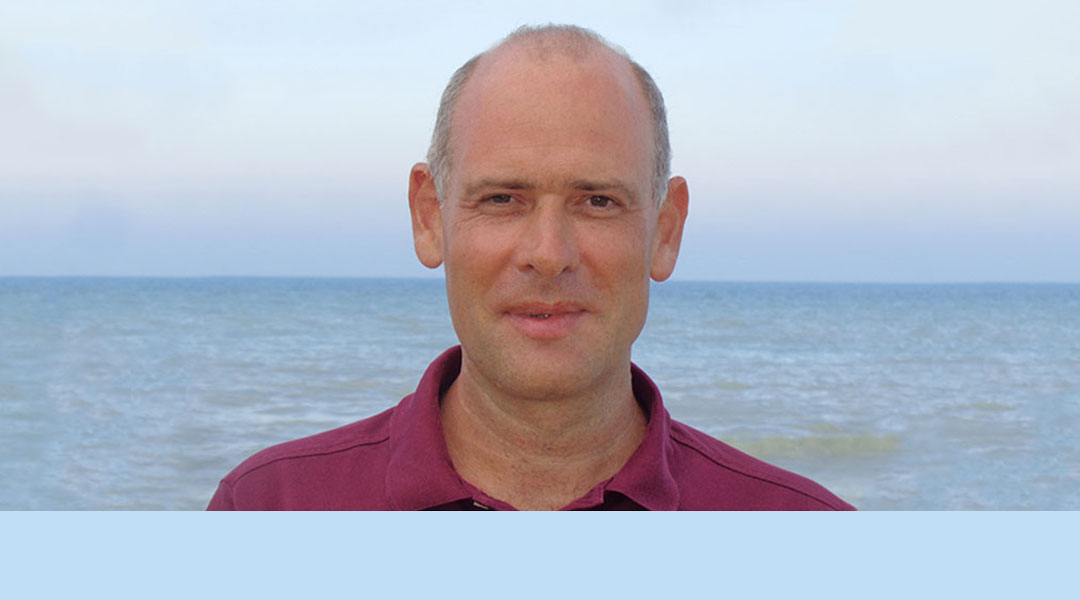“I recently saw photos of myself at less than five years old revealing that I was fascinated by strange phenomena in nature, such as those I could appreciate by looking at light passing through narrow metallic tubes.” A curious child? Or a naturally-born scientist already starting on a career path? A lot of us looking back at photos of ourselves in our pre-school days might see a grinning face over a birthday cake, or evidence that at that age, we hadn’t quite mastered the simple art of not leaving half a chocolate bar on our face. But this portrait of an infant studying sunlight in metal tubes is described by none other than Professor Paolo Samorì of the University of Strasbourg, France, who goes on to state; “I would therefore infer that my interest to science started quite some time ago.”
Here we take a look at a scientist whose area of expertise spans nanochemistry and materials chemistry, with particular interest in graphene and 2D materials. Such materials can be applied to a wide range of important fields such as optoelectronics, energy systems, and advanced sensing technologies.
Having graduated from the Humboldt University of Berlin with a Ph.D. in 2000, Paolo went on to pursue an exciting, independent research career, earning many fellowships and awards. But more importantly, he comes across as a scientist driven more by a desire to do good, rather than by personal prestige:
“As my activity is curiosity driven, my endeavor is quite broad and frequently unpredictable. Within such a wide and dynamic context, I am fascinated by how chemistry […] allows to fabricate multifunctional materials. I am intrigued by using these concepts to develop devices which can contribute to address our society’s needs in terms of energy (generation and storage), water (access, purity) and improving the quality of our lives (by being exposed to a better environment, e.g., less polluted, availability of more performing devices).”
Such sociological implications of science and technology are indeed at the forefront of his biggest motivation, that is, “discovering something new which can be a major asset to mankind.” In order to achieve this, part of his outlook concerns the communication of science to a wider audience, as he explains, “nowadays more than ever, science must arrive to the public, in order to make everyone understand that technological progresses require scientific innovations. In other words, fundamental discoveries were needed in order to devise all tools that we exploit in our daily lives. In this context, the use of social media (Twitter, LinkedIn) is becoming more and more important.”
Given the uncertainty and challenges facing the world today, such ideas may become quite prescient, which inevitably leads on to talk of the scientists of tomorrow—what would Paolo like to see change in the teaching of science? Whatever his opinion on any given topic, a recurring theme with Paolo is new ideas and ways of doing things; “Inspiring students and fostering their curiosity and creativity is the best way to teach science, toward the emergence of a new generation of the highest quality and highly innovative scientists. This can be accomplished by avoiding classical acquisition of new knowledge via memorization, which unfortunately is still a widely spread method.”
However, when not in the laboratory, Paolo very much prefers the simple pleasures in life. “I like passing my free time with my wife and children. Besides that, my hobbies involve nature. I find it extremely refreshing spending time walking in a forest or just standing in front of the sea, eventually with a fishing rod in my hands. That’s the best way to reset my brain and get back on track.”
Whether you’re by the sea or at your desk, you can get yourself up to date with graphene and related 2D materials by reading Paolo’s comprehensive review on the subject, in the Advanced Materials Hall of Fame virtual issue.

















